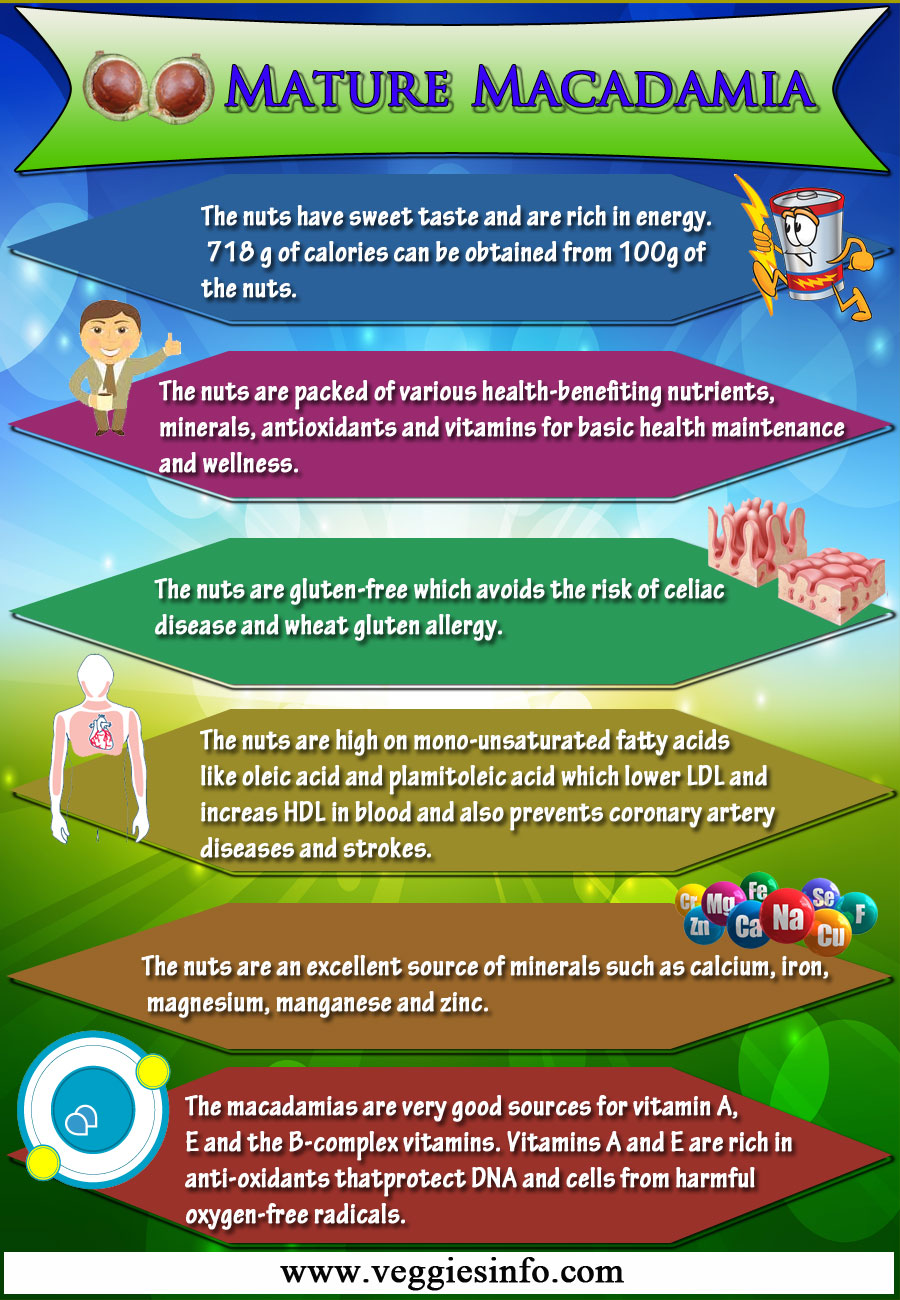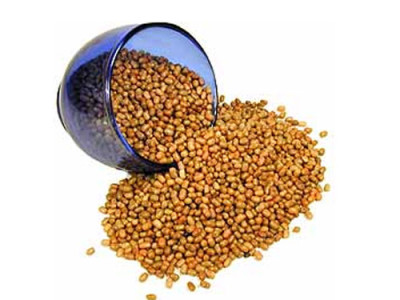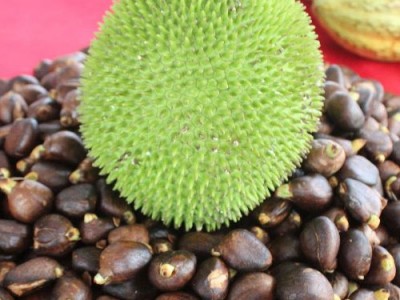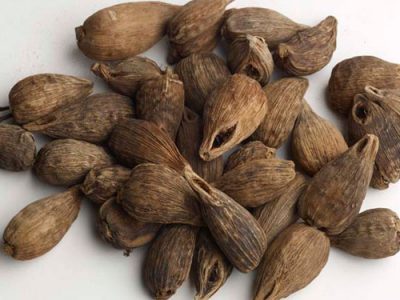
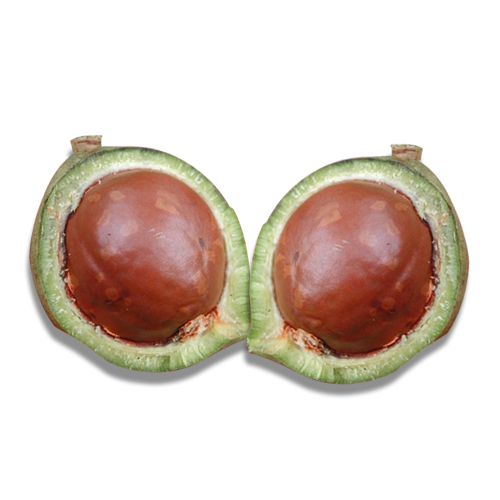
Mature Macadamia Uses and Health Benefits
Macadamia
Macadamia(Macadamia integrifolia) has its roots in southeastern Queensland in Australia where its existence is majorly in the rain forests and close to streams. The tree is generally found in moist zones where it stays in good vicinity of water minerals. In other parts of Australia, various hybrids of macadamia are found to be in existence. In 1881, Hawaii observed an introduction to the tree as an ornamental and reforestation tree. The tree is ideally suited to environment with abundant rainfall throughout the year that is mild and frost-free. However, the mature macadamia trees are well resistant to frost climates.
Macadamias do the best in full sun, although a partial shady environment would be beneficial in hot climates. They grow well on wide range of soils; however, as mentioned earlier, they generally prefer moist soil. The growth happens slowly with large quantities of nitrogen fertilizer required. Frost protection of the saplings can be done using simple techniques such as covering of the leaves with a soft cover. Macadamia easily grows from the seed but takes about 8 to 12 years to grow into a potential crop to serve a purpose to the mankind and environment. The macadamia plants and trees are prone to pest and disease attacks, especially fungal ones which thus invites a need for a proper maintenance of the growth conditions.
Nutrition Values
Macadamia oil contains approximately 22% of the omega-7 palmitoleic acid, which makes it a botanical alternative to mink oil, which contains approximately 17%. This relatively high content of palmitoleic acid plus macadamia’s high oxidative stability makes it a very important ingredient of the cosmetics being made for skin care. Macadamia plants are also often used as ornamental species in various parts of the world.
Seeds and culinary uses
Mature macadamia nuts fall to the ground duringthe late fall to spring. It is advisable to only harvest the fallen nuts and not shake the trees to dislodge the nuts which might also bring down the immature nuts. Harvested nuts are dehusked and spread across a dry place protected from sun for 2 to 3 weeks. The drying process can be completed with the nuts being put into a shallow pan and put into an over for the lowest temperature setting for about 12 hours. Occasional stirring is required. The nuts are then to be stored in a cool, dry area. Prevent the nuts from reabsorbing moisture by putting them into a heavy plastic bag. Once the nuts are dry, a nut cracker can be employed to crack the shells.
The general practice followed before using these nuts for any domestic purpose is the home-roast method wherein the shelled nuts are placed in a shallow pan and roasted for around 40 to 50 minutes, with occasional stirring. Once they start to tan, they are to be removed from the pan. Post roasting, the nuts can be stored well salted or unsalted in airtight containers at a moderate temperature. They are excellent raw or roasted. Apart from being an excellent snack, they can be used in recipes including stuffing, fruit salads, cakes etc.
Health benefits and other uses
- The nuts have sweet taste and are rich in energy. 718 g of calories can be obtained from 100g of the nuts.
- The nuts are packed of various health-benefiting nutrients, minerals, antioxidants and vitamins for basic health maintenance and wellness.
- The nuts are gluten-free which avoids the risk of celiac disease and wheat gluten allergy.
- High dietary fiber levels are remarkable about these nuts.
- The nuts are high on mono-unsaturated fatty acids like oleic acid and plamitoleic acid which lower LDL(harmful cholesterol) and increase HDL(healthy cholesterol) in blood and also prevents coronary artery diseases and strokes.
- The nuts are an excellent source of minerals such as calcium, iron, magnesium, manganese and zinc.
- The macadamias are very good sources for vitamin A, E and the B-complex vitamins. Vitamins A and E are rich in anti-oxidants that protect DNA and cells from harmful oxygen-free radicals.


